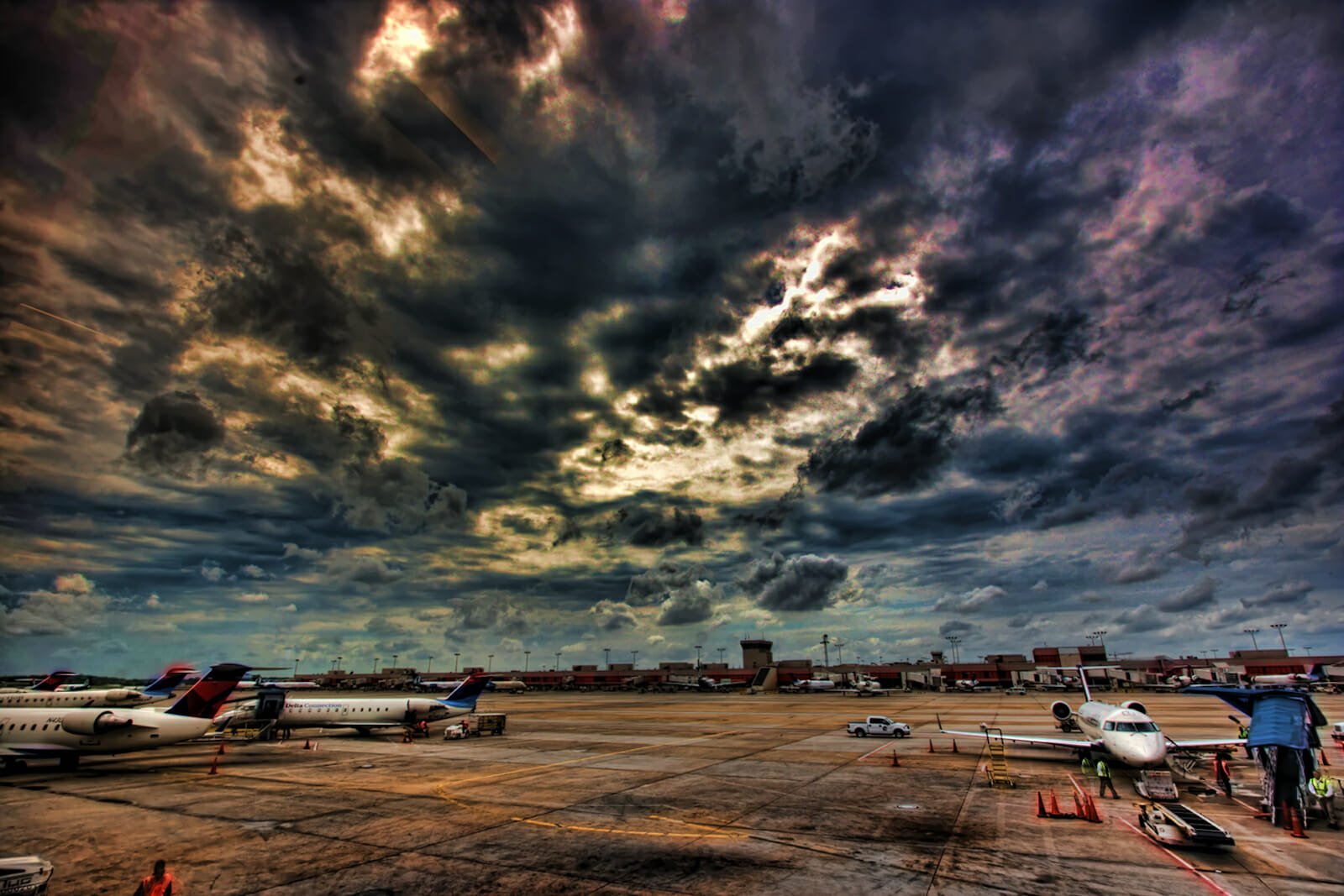
Failing Infrastructure: When a Fire Takes out the World’s Busiest Airport
When you brag you have the busiest airport in the world, you better be sure it is completely free of any single points-of-failure in its infrastructure and architecture. Otherwise, you leave the door open for a day of cataclysmic failure and the follow-up of a lot of lingering bad press. That day happened for the Hartsfield-Jackson International Airport in Atlanta last Sunday.
With thousands of people stranded in the darkness for eleven hours, more than 1,173 flights cancelled on Sunday, another 400 flights cancelled Monday, and not even a vending machine working to get a soft drink, no one can say the design of the power infrastructure servicing Atlanta’s Hartsfield Airport was a glowing model for other airports to emulate.
Take the analysis a step further. If there was any Disaster Plan drawn up for the airport, it too was a failure. Was the Disaster Plan ever tested? It may have discovered this flaw in the design of the infrastructure.
Did anyone do any type of scenario checking and asked if there were any single points-of-failure in the airport’s mission critical infrastructure? Evidently, not.
So there were several missed opportunities for the airport and its operational management to uncover this flaw before it actually impacted a busy weekend.
Apologies to people caught up in a predicament like that are hollow. Anyone can say “we are sorry you had to wait,” but that does not make up for time lost. Time was lost by so many people and it was because someone did a poor job in designing the redundancy into the power grid that supported this airport.
How do we avoid this in the future?
We can get something positive out of the disaster in Atlanta that can serve as a catalyst to take action in reviewing all airports and their redundancies which are taken for granted. Are their infrastructures going to support their terminal facilities and operational runways through any man-made disruption or national event? If not, they need to be fixed.
First, we have to acknowledge they are in need to re-plan for a different mission critical concept. We are not looking at developing a Disaster Recovery Plan, where the objective is to have an orderly shut-down of systems and services triggered by some event and then when the event is over, we re-establish services by an orderly turning up of services. That was the old way of doing things.
Second, we need to focus on instituting a different operational commitment and strategic design approach. We need to look at Business Continuity as a design concept and not the outdated, Disaster Recovery Plan approach.
No matter what happens, with Business Continuity as the operational strategic design approach, you don’t care what has transpired, you want the facility to continue working and serving its applications.
Continuation of services through the duration of the disaster is the objective, not the orderly shutdown of services for the duration of the disaster (which could be a day or several days).
This is a totally different mindset for those in leadership positions who may still be thinking about “Disaster Recovery Plans.”
In a global economy, many businesses do not have the luxury of time to shut down and then come back up again. The competition is too fierce and when you shut down, you may lose business forever to a competitor.
In working with the Chicago Mercantile Exchange some years back, the operational concern was for “staying up-and-running” versus shutting down to fix things when something broke. With financial transactions, if you are not trading in a commodity because your exchange is “out-of-service” and a competitive exchange sees that, they might open up a “market” for that commodity and start trading it. Once your customer base shifts to that new exchange, it is hard to get them back.
Everyone can talk about being a “loyal member to an exchange,” but it is hard to buy into that when they start buying international circuits to new exchanges sprouting up across the world for a “just-in-case” scenario.
Trillion dollar infrastructure program
If this suggested project by President Trump is approved by Congress, they should not focus just on roads, bridges, and railroads. That would be a mistake and be so typical of some large funding initiatives failing to address the total problem.
Atlanta is a great example that other layers of the infrastructure need to be analyzed and upgraded, if they fail to show a quality design and operational performance for mission critical infrastructure. Network infrastructure throughout the country should also be part of that Infrastructure Renaissance Program.
We are long overdue for a large cash infusion into this nation’s infrastructure. Some have asked me why I support this endeavor. It should not be viewed as a Democratic or Republican initiative. It should be viewed as a bipartisan initiative making America competitive again which should be the prime directive of leaders in both parties.

